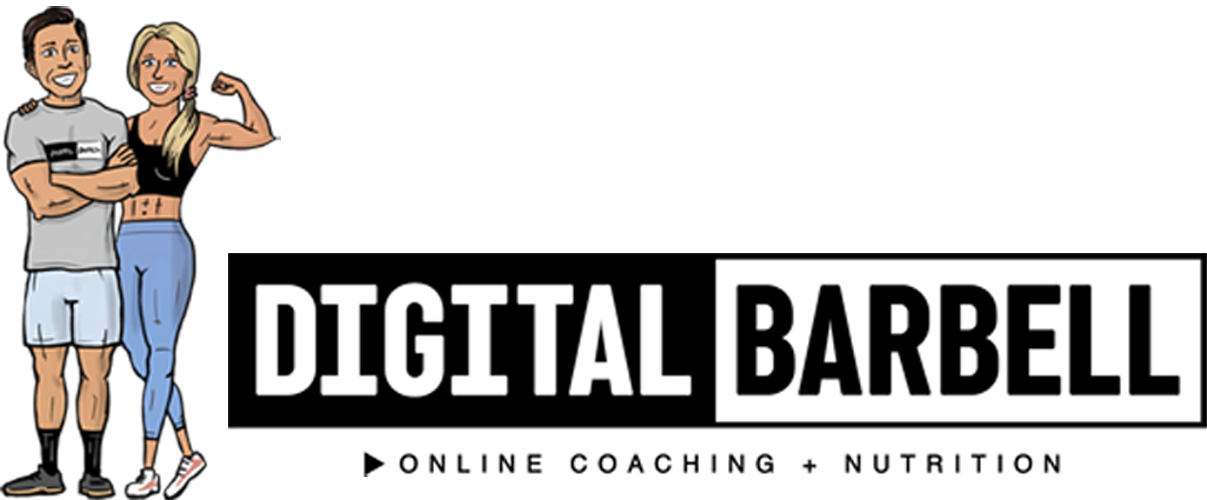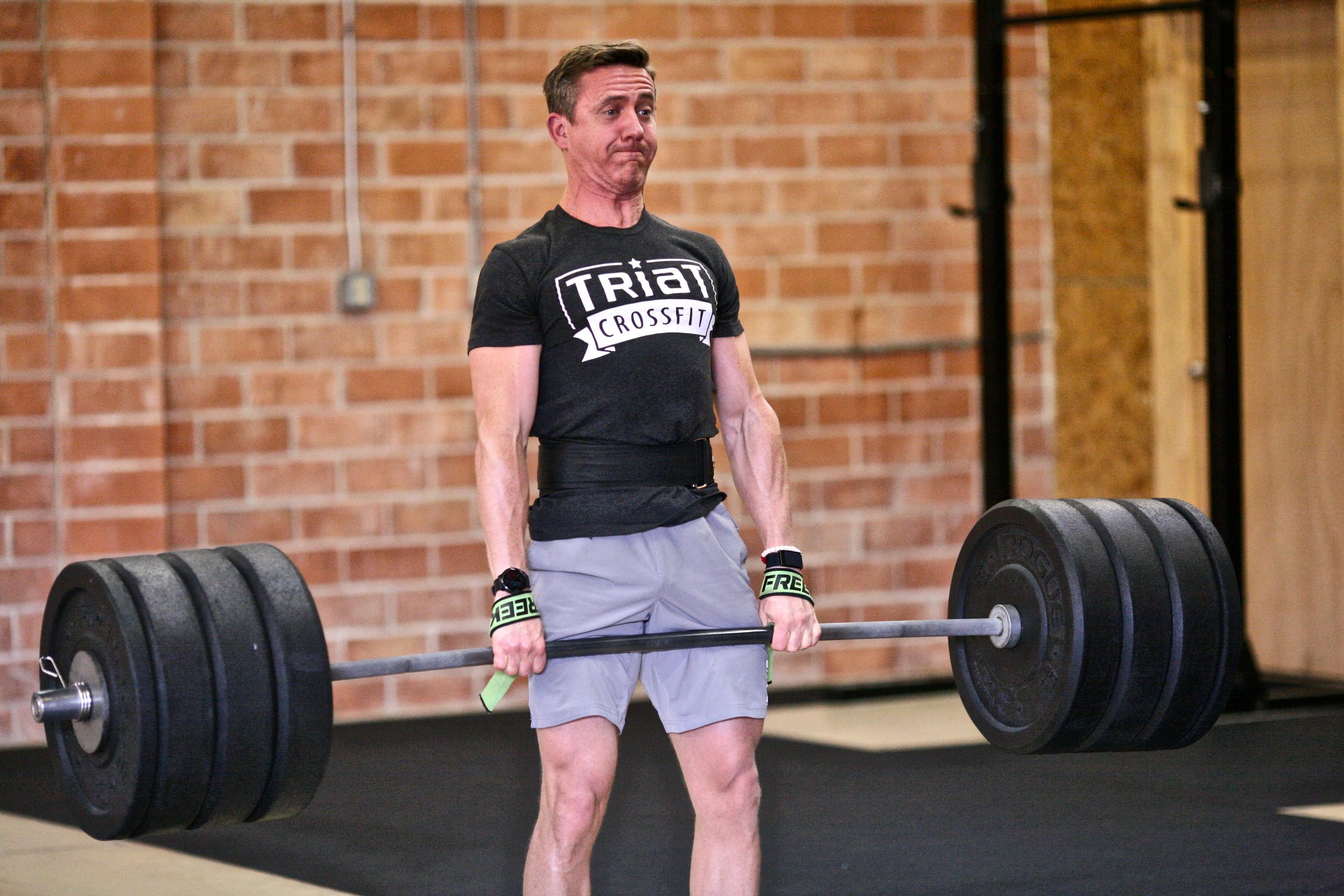What To Do If You Hurt Your Back
by Jonathan Fletcher
I hurt my back last weekend, but I survived.
In the past, If something caused me pain during or after a workout I would typically stop what I was doing, immediately put ice on the affected area while simultaneously beginning to worry about all of the terrible things I may have just done to myself. I would immobilize myself as much as possible to minimize the damage and take the maximum allowable dose of ibuprofen. As I went about my life I would notice every little “feeling” in the affected area and start to worry about what was causing it. Was I broken? Was there something messed up in there? Should I just continue to rest it? Should I take up yoga?
I don’t go through that whole routine anymore. I’ve learned a better way. I have to give a lot of credit (and thanks) to the team over at Barbell Medicine, including Dr. Jordan Feigenbaum and Dr. Austin Baraki. They’ve done extensive writing and lecture on this exact topic and much of how I’ve learned to deal with injury is because of their teaching.
The thing about pain is that it’s complicated. Our brain can tell us we are in pain because of physical damage to our bodies, but it can also alert us of pain that is caused by nothing. What I mean by that is that we can think, or worry ourselves into pain. “Catastrophizing” is linked to this phenomenon. When something happens to you and your brain starts running with ideas of worst case scenarios and fear, you’re catastrophizing. Nothing productive comes from this. In fact, it’s counter-productive to the process of healing and getting out of pain.
Am I saying that there is no such thing as real pain and injury? Of course not. Let’s get back to me hurting my back last Sunday. My workout was to deadlift 3 sets of 5 at 340-lbs. My 1 rep max is just under 400-lbs, so 340 isn’t a herculean effort. I warmed up appropriately and did my first set of 5. The weight moved pretty easily. There wasn’t an acute moment of pain, but I did feel a little tightness in the back of my hips after my last set of 5.
After the deadlifts, Blakley and I did a workout together that involved a bunch of work with an 80-lb sandbag. I took the sandbag from the ground to my shoulder somewhere around 60 times during the workout. I sat down after, had some water and caught my breath. My low back immediately tightened up and I was feeling pain while doing anything other than standing up and walking around.
Knowing what I know now about pain and the science behind it, I knew what to do.
Step 1: Don’t freak out. I told myself that I was ok, and I kept moving around. We cleaned up the gym and headed home about an hour later. I didn’t feel any worse.
Step 2: Do things that don’t hurt to build confidence and reassurance. Sitting down made my back hurt, so I worked the rest of the afternoon at my standing desk and periodically did some stretching and air squats because they didn’t cause any pain. By the end of the day my back was already feeling a little better and I got a few extra squats in.
Step 3: Get back to training, doing movements as close to normal that don’t cause pain. I woke up Monday morning feeling pretty good, except for sitting. Even after 10 minutes of sitting my low back would ache when I stood up. I kept moving and standing as much as possible all day Monday and continued doing a few stretches and air squats often. Monday was the last day to do the final Crossfit Open workout so if I was going to do it it had to be Monday afternoon. The workout was 20 minutes of thrusters at 95# and chest to bar pull-ups. I decided to stick to the game plan of doing whatever I was able to do without increasing pain. My plan was to get to the gym early and begin testing the thrusters without weight, and then slowly add weight using any pain as my guide. I was pleasantly surprised to find that I got all the way to the 95# weight without any pain. I was able to do the workout after all. My back was better, not worse by Monday night.
Step 4. Slowly work back toward normal movement and ranges of motion while adding load and avoiding pain. I rested most of the day Tuesday because the Crossfit Open workout was a beat down, but I did some Romanian Deadlifts with a kettlebell to put myself through that range of motion to continue to build confidence. I worked up from the 35-lb kettlebell to the 70-lb kettlebell without pain. I worked out Wednesday morning doing a workout that included devil’s press which involves taking dumbbells from the floor to overhead in one fell swoop. Another movement involving a deadlift type motion. Everything was fine after the workout and by the end of the day Wednesday I was feeling about 75% back to normal.
I’m writing this on Saturday, less than one week after “hurting my back” and I’d say I’m 95% back to normal. I plan to do full deadlifts this week and have no reason to think I’ll have any trouble. I tell you this real life story to reassure you that just because you felt some pain doing something, or have pain right now that you have a death sentence and will always have pain. I have faith that you’re going to be ok, and you should too.
Follow these steps as closely as you can and as always, ask if you have any questions.


